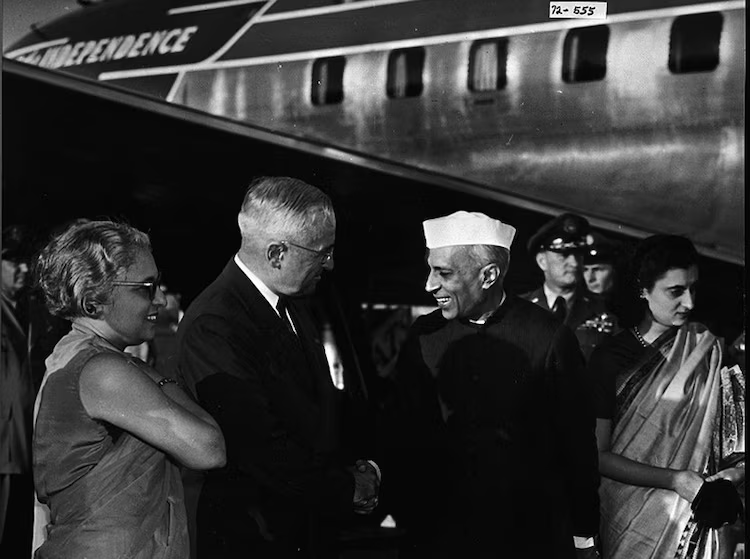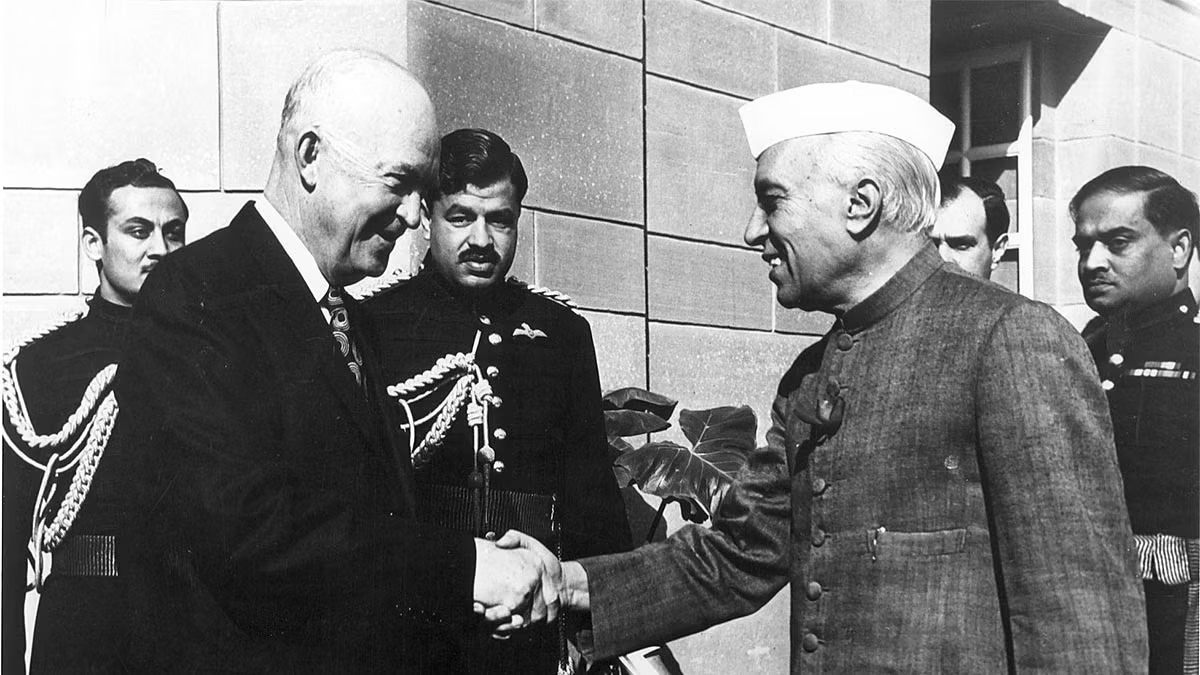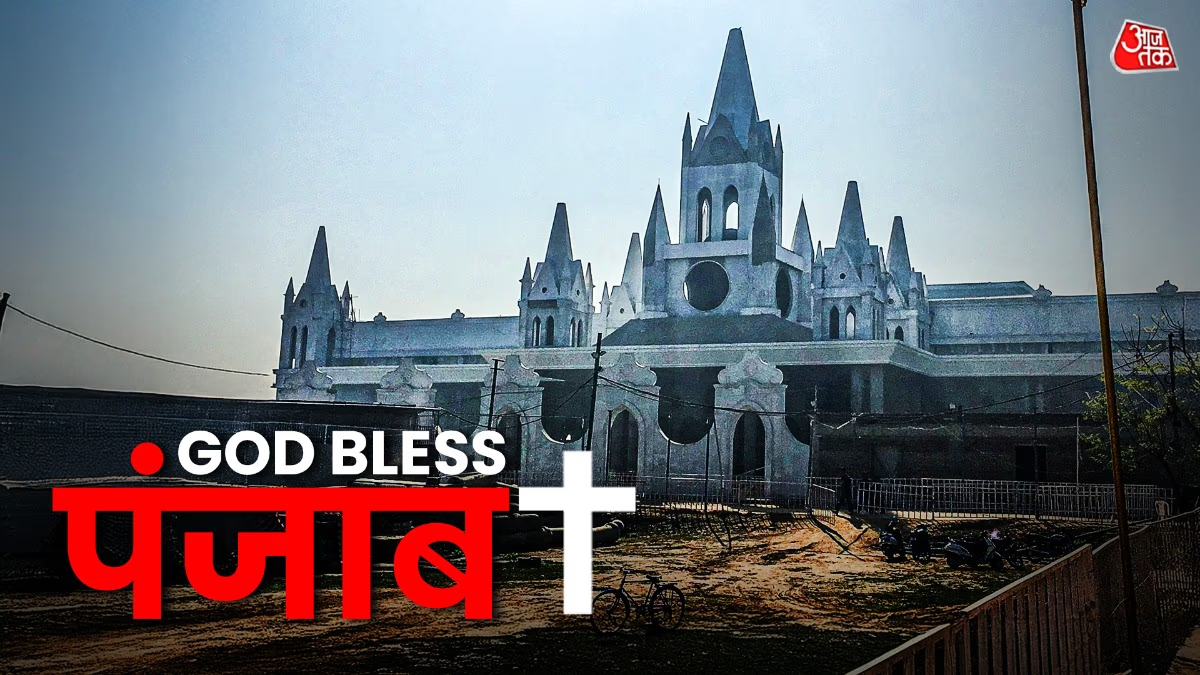Never Visit America for the First Time...
On October 11, 1949, as Pandit Jawaharlal Nehru wrote to his sister Vijayalakshmi Pandit, he was preparing for his first visit to the US. These were the words in that letter. Almost 75 years after the first US visit of an Indian Prime Minister, today, PM Narendra Modi is in the US, where he'll rendezvous with President Donald Trump. The chemistry between these two global powerhouses' leaders significantly impacts geopolitics. Today’s India-US relationships were not cultivated overnight; they bear a rich history of fluctuating pinions.
India-US relations were initially founded in 1949. A newly independent India, merely two years into sovereignty, gazed hopefully across the Atlantic. President Harry S. Truman helmed the United States, and Pandit Jawaharlal Nehru was the pioneering Prime Minister of India. Post-World War II, Truman played a pivotal role in pulling America out from adversity, but some decisions cast deep shadows globally. This was the same Truman under whose term America had dropped nuclear bombs on Hiroshima and Nagasaki.
The Tumultuous Beginning of India-US Relations
As it rose from decades of colonial shackles, India tried to stand on its feet, eagerly eyeing America. Nehru's seminal 1949 US visit was laden with India’s expectations of assistance, yet Truman's administration did not manifest substantial interest.

Source: aajtak
In
A Matter of Trust: India-US Relations from Truman to Trump
, Minakshi Ahmed notes how global leaders viewed Nehru with esteem. Yet, Nehru resisted being needy before America, dreaming America would proactively lend India a helping hand. President Truman’s perception of Nehru as a Communist due to the latter’s non-alignment policy sparked skepticism.
The book recounts an incident during Nehru’s US tour when his daughter, Indira Gandhi, accompanied him. At a Washington D.C. dinner hosted by Secretary Dean Acheson, finance secretary John Snyder, intoxicated, chided foreign guests for flocking to America. This frosty initiation made diplomatic headlines dim.
British journalist Mihir Bose in
From Midnight to Glorious Morning: India Since Independence
dubbed Nehru's 1949 US voyage as a 'political failure.' Nehru, in his speech to the US Congress on October 13, 1949, voiced the shared ethos of democracy and struggle between the two nations.
Though foreign-educated, secular, liberal Nehru’s engagements with American leaders often bristled with tension. Nonetheless, U.S. ambassadors like Henry Grady, Chester Bowles, John Kenneth, and Ellsworth Bunker maintained close ties with Nehru. Despite Soviet Union’s East Europe involvements, Nehru did not rebuke vehemently, irking America to threaten halting food aid.
America’s consistent domineering approach fueled discontent among Indians. Post-WWII presidents, Truman through Eisenhower to Kennedy, all attempted to navigate the Kashmir issue, exerting pressure on Nehru.

Source: aajtak
In her books, Minakshi Ahmed explores America-Pakistan military aid tensions diluting Indo-US relations—propelling Eisenhower to invite Nehru to his hometown Gettysburg in December 1956. Following their meeting in Washington, Nehru, along with Eisenhower, visited the President's farm—the sole foreign leader to do so—talks extending into the night.
In
Waging Peace 1956-1961
, Eisenhower fondly mentioned Nehru, expressing heartfelt intent to assist India, considering timely action.




